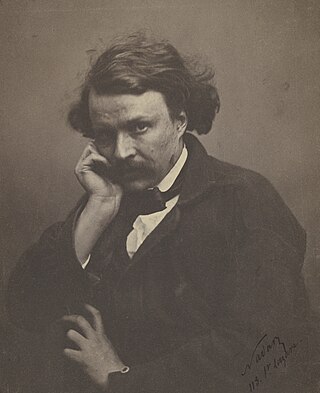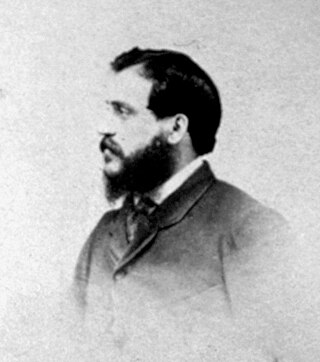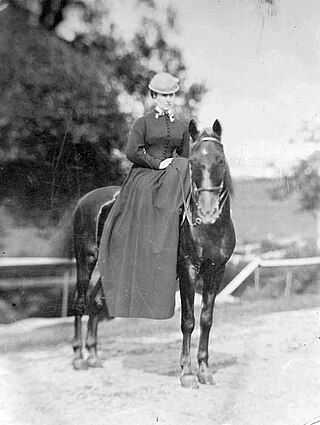
Steve Dunwell is an American photographer noted for his color photographs of urban and scenic landscapes.

Steve Dunwell is an American photographer noted for his color photographs of urban and scenic landscapes.
| | This section needs expansion. You can help by adding to it. (April 2022) |
Steve studied photojournalism with Walker Evans at Yale University (BSc 1969). [1]
Steve Dunwell makes photographs of New England – its people, landscape, and industry – for publications, for collectors, and for advertising. Many of his photographs are featured in a series of fourteen picture books on regional subjects, including Extraordinary Boston.
He also works on corporate and editorial assignments, concentrating on industrial environments, architecture, aerials, and portraiture. He has traveled to over 40 nations on 5 continents. His stock photos are represented in several libraries and agencies. Editorial clients include Yankee Magazine , American Style , GEO , American Heritage , Black Enterprise , Preservation Magazine , and National Geographic Traveler .
Steve Dunwell created Back Bay Press in 1994. Back Bay Press specializes in photographic studies of New England subjects. Their most recent title is Boston Freedom Trail, describing the city's foremost historical venue.
As a supplier of Boston-themed images, Steve continues to make new images of his city, extending and improving his collection. Panoramic and aerial images are a key part of this archive, along with cultural activities.
Steve Dunwell lives and has his studio in the Bay Village neighborhood of Boston. He has been an instructor at New England School of Photography and now teaches workshops at Panasonic Digital Photography Academy. His photographs are included in numerous corporate and private collections.[ citation needed ]
This article lacks ISBNs for the books listed.(April 2022) |

The Pulitzer Prize for Breaking News Photography is one of the American Pulitzer Prizes annually awarded for journalism. From 2000 it has used the "breaking news" name but it is considered a continuation of the Pulitzer Prize for Spot News Photography, which was awarded from 1968 to 1999. Prior to 1968, a single Prize was awarded for photojournalism, the Pulitzer Prize for Photography, which was replaced in that year by Pulitzer Prize for Spot News Photography and Pulitzer Prize for Feature Photography.

Ansel Easton Adams was an American landscape photographer and environmentalist known for his black-and-white images of the American West. He helped found Group f/64, an association of photographers advocating "pure" photography which favored sharp focus and the use of the full tonal range of a photograph. He and Fred Archer developed a system of image-making called the Zone System, a method of achieving a desired final print through a technical understanding of how the tonal range of an image is the result of choices made in exposure, negative development, and printing.

Gaspard-Félix Tournachon, known by the pseudonym Nadar or Félix Nadar, was a French photographer, caricaturist, journalist, novelist, balloonist, and proponent of heavier-than-air flight. In 1858, he became the first person to take aerial photographs.

Elizabeth "Lee" Miller, Lady Penrose, was an American photographer and photojournalist. Miller was a fashion model in New York City in the 1920s before going to Paris, becoming a fashion and fine-art photographer there.

Sally Mann is an American photographer known for making large format black and white photographs of people and places in her immediate surroundings: her children, husband, and rural landscapes, as well as self-portraits.

Joel Meyerowitz is an American street, portrait and landscape photographer. He began photographing in color in 1962 and was an early advocate of the use of color during a time when there was significant resistance to the idea of color photography as serious art. In the early 1970s he taught photography at the Cooper Union in New York City.
Lee Friedlander is an American photographer and artist. In the 1960s and 1970s, Friedlander evolved an influential and often imitated visual language of urban "social landscape," with many of his photographs including fragments of store-front reflections, structures framed by fences, posters and street signs. His work is characterized by its innovative use of framing and reflection, often using the natural environment or architectural elements to frame his subjects. Over the course of his career, Friedlander has been the recipient of numerous awards and his work has been exhibited in major museums and galleries worldwide.

Steve McCurry is an American photographer, freelancer, and photojournalist. His photo Afghan Girl, of a girl with piercing green eyes, has appeared on the cover of National Geographic several times. McCurry has photographed many assignments for National Geographic and has been a member of Magnum Photos since 1986.

The history of photography began with the discovery of two critical principles: The first is camera obscura image projection; the second is the discovery that some substances are visibly altered by exposure to light. There are no artifacts or descriptions that indicate any attempt to capture images with light sensitive materials prior to the 18th century.

James Wallace Black, known professionally as J.W. Black, was an early American photographer whose career was marked by experimentation and innovation.

Arno Rafael Minkkinen is a Finnish-American photographer who works in the United States.

Felice Beato, also known as Felix Beato, was an Italian–British photographer. He was one of the first people to take photographs in East Asia and one of the first war photographers. He is noted for his genre works, portraits, and views and panoramas of the architecture and landscapes of Asia and the Mediterranean region. Beato's travels gave him the opportunity to create images of countries, people, and events that were unfamiliar and remote to most people in Europe and North America. His work provides images of such events as the Indian Rebellion of 1857 and the Second Opium War, and represents the first substantial body of photojournalism. He influenced other photographers, and his influence in Japan, where he taught and worked with numerous other photographers and artists, was particularly deep and lasting.
Beaumont Newhall was an American curator, art historian, writer, photographer, and the second director of the George Eastman Museum. His book The History of Photography remains one of the most significant accounts in the field and has become a classic photographic history textbook. Newhall was the recipient of numerous awards and accolades for his accomplishments in the study of photo history.

Marian "Clover" Hooper Adams was an American socialite, active society hostess, arbiter of Washington, DC, and an accomplished amateur photographer.
Louis Fabian Bachrach Jr. was an American photographer, known for portraits of celebrities, politicians, presidents and other prominent individuals. He was professionally known as Fabian. Bachrach was best known for a portrait of Senator John F. Kennedy, which was later used as his official photograph after he was elected President in 1960.

Sarah James Eddy was an American artist and photographer who specialized in the platinotype process, also known as platinum prints. She was active in abolition, reform, and suffragist movements, and was a philanthropist as well as instrumental in the founding of the Rhode Island Humane Society. She was inducted into the Rhode Island Heritage Hall of Fame in 2017.

Robert Llewellyn is an American photographer whose images have served as the basis for numerous books and exhibits. He studied engineering science at the University of Virginia, and photography with Imogen Cunningham in the 1960s. He married Barbara Reading Grant in 1981 and they live together in Earlysville, Virginia.
Catherine Simon is an American portrait photographer and writer. She is known for her photographs of influential musicians, artists, and writers, including The Clash, Patti Smith, Madonna, Andy Warhol, and William S. Burroughs. One of her photographs of Bob Marley was used on the front cover of his 1978 album, Kaya.
William Clift is an American photographer known for his black-and-white imagery of landscapes and of architectural subjects. Most of his work has been made in New Mexico, including Santa Fe where he has lived and worked since 1971, and of Mont Saint Michel in France, and St. Louis, MO.

Photographs have been taken in the area now known as Canada since 1839, by both amateurs and professionals. In the 19th century, commercial photography focussed on portraiture. But professional photographers were also involved in political and anthropological projects: they were brought along on expeditions to Western Canada and were engaged to document Indigenous peoples in Canada by government agencies.